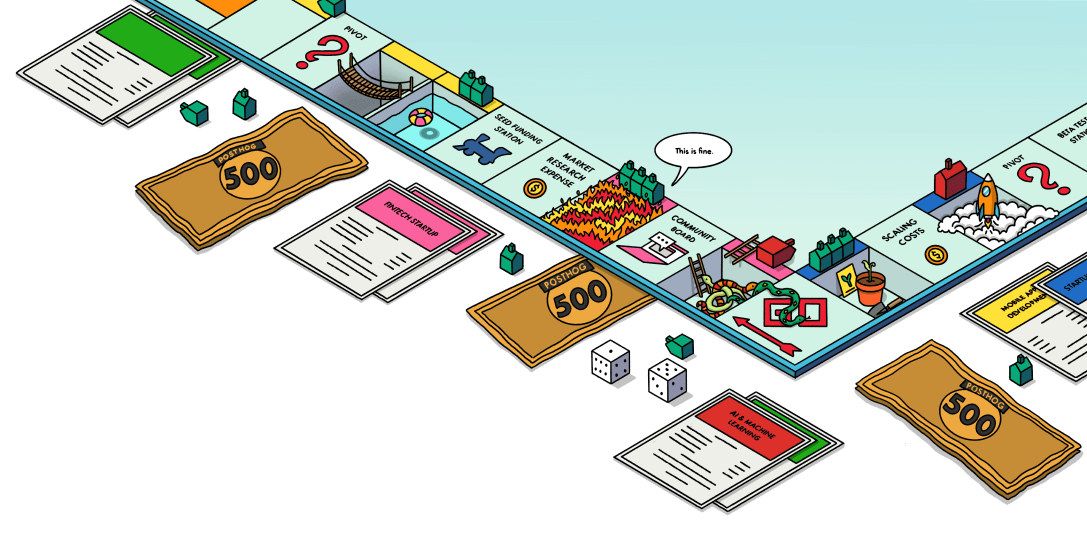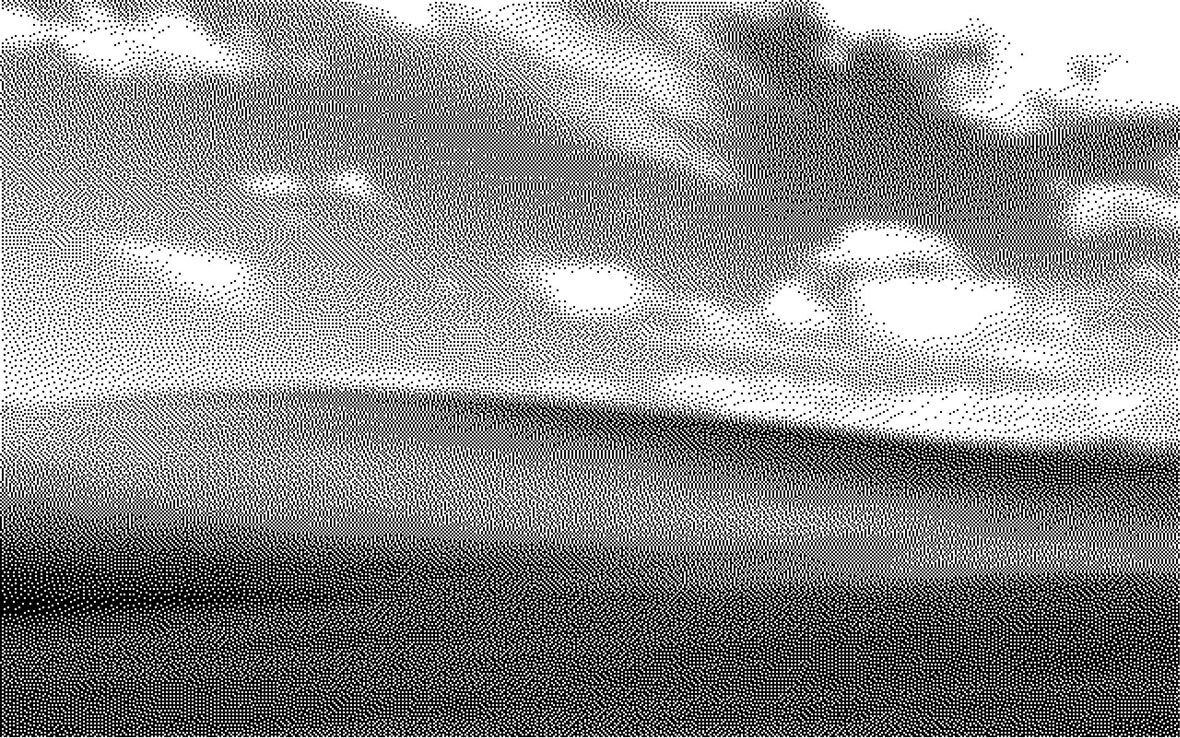Docusaurus
Contents
To easily track your Docusaurus site, you can install the PostHog plugin. This enables you to autocapture pageviews, clicks, session replays, as well as use the other features of PostHog such as surveys.
Install
Once you have your Docusaurus site set up, install the PostHog plugin:
or
Next, add it to your Docusaurus config with your project API key and instance address, both of which you can find in your project settings.
Run your site again to see events autocaptured by PostHog.
Note:You can pass additional PostHog config options to the plugin, but they are passed through
JSON.stringify(), so functions (such asbefore_send) are not supported.
We recommend setting up a reverse proxy, so that events are less likely to be intercepted by tracking blockers. We have our own managed reverse proxy service included in the platform packages, which routes through our infrastructure and makes setting up your proxy easy. If you don't want to use our managed service then there are several other options for creating a reverse proxy, including using Cloudflare, AWS Cloudfront, and Vercel.Set up a reverse proxy (recommended)
If you have multiple customer-facing products (e.g. a marketing website + mobile app + web app), it's best to install PostHog on them all and group them in one project. This makes it possible to track users across their entire journey (e.g. from visiting your marketing website to signing up for your product), or how they use your product across multiple platforms.Grouping products in one project (recommended)
For certain features like heatmaps, your Web Application Firewall (WAF) may be blocking PostHog’s requests to your site. Add these IP addresses to your WAF allowlist or rules to let PostHog access your site. EU: US: These are public, stable IPs used by PostHog services (e.g., Celery tasks for snapshots).Add IPs to Firewall/WAF allowlists (recommended)
3.75.65.221, 18.197.246.42, 3.120.223.25344.205.89.55, 52.4.194.122, 44.208.188.173








